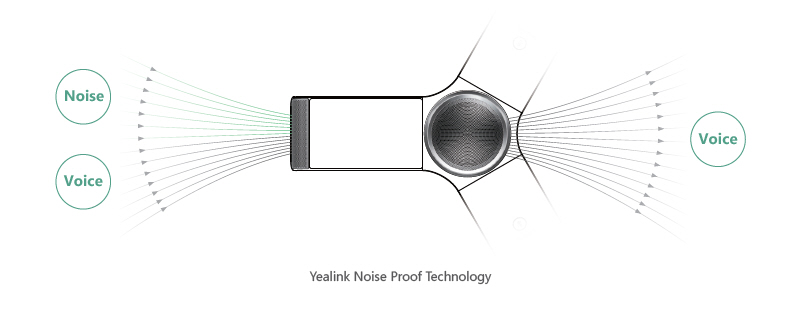Introduction
In today’s fast-paced legal landscape, the integration of technology has become indispensable. One of the most transformative technologies is video conferencing, which has revolutionized how legal professionals interact with clients, colleagues, and courts. The COVID-19 pandemic has accelerated this trend, pushing firms to adopt video conferencing as a reliable means of communication. But how can legal practitioners leverage these tools beyond mere virtual meetings? This article delves into Innovative Ways to Use Video Conferencing Features in Legal Settings, offering insights that blend expertise with practical applications.
Innovative Ways to Use Video Conferencing Features in Legal Settings
The traditional courtroom setup is undergoing a transformation. Video conferencing features like screen sharing, record functionalities, and breakout rooms are offering new avenues for legal professionals. Here's how these features can be utilized innovatively:

1. Virtual Client Consultations
What are the advantages of virtual consultations?
Virtual client consultations minimize travel time and costs for both attorneys and clients. Clients can connect from the comfort of their homes or workplaces, leading to increased convenience and accessibility.
How to conduct effective virtual consultations?
- Use high-definition video conferencing tools that support VoIP phone service. Ensure a stable internet connection to avoid interruptions. Employ screen sharing to facilitate document reviews during discussions.
2. Remote Depositions
What is a remote deposition?
A remote deposition allows attorneys to take sworn testimony from witnesses located far away via video conferencing platforms.
Benefits of remote depositions
- Reduced costs associated with travel. Flexibility in scheduling.
Tips for conducting remote depositions effectively
- Ensure all parties have access to necessary documents. Test equipment beforehand to eliminate technical issues.
3. Digital Evidence Presentation
How can video conferencing enhance evidence presentation?
Video conferencing tools often come with features that allow users to share screens or present documents digitally.

Strategies for presenting digital evidence
- Utilize visual aids such as slideshows or videos during your presentation. Record sessions for later review or reference, ensuring compliance with legal standards.
4. Court Hearings via Video Conferencing
Are court hearings effective through video?
Yes! Many jurisdictions have embraced virtual court hearings as a way to maintain judicial processes during disruptions.

Key considerations for virtual court hearings
- Familiarize yourself with court rules regarding online proceedings. Dress professionally and ensure your background is appropriate.
5. Collaborative Case Management
How does video conferencing facilitate collaboration among teams?
Effective communication is paramount when managing complex cases involving multiple parties.
Tips for using video conferencing for case management
- Schedule regular team meetings via video calls. Use breakout rooms for focused discussions on specific case elements.
6. Online Mediation Sessions
What role does video play in mediation?
Video conferencing allows mediators to conduct sessions remotely without losing personal interaction quality.
Best practices for online mediation
- Set clear ground rules before commencing the session. Encourage open communication among parties involved by leveraging interactive features like polls or chat functions.
7. Training and Continuing Education
Can video conferencing be used for training purposes?
Absolutely! Legal firms can use this technology for training new hires or offering continuing education courses.
Effective training strategies through video
- Utilize interactive modules that engage participants. Record sessions so they can be accessed anytime by staff members who missed them.
8. Client Follow-ups and Check-ins
Why are follow-ups essential in legal practice?
Regular check-ins foster strong relationships between lawyers and clients, enhancing trust and satisfaction levels.
How to use video calls for follow-ups?
Schedule brief check-in calls using video conferencing tools every few weeks post-consultation or significant developments in a case.
9. Accessibility for Clients with Disabilities
How can video conferencing improve access?
Video calls eliminate geographical barriers while providing an inclusive environment for clients who may struggle with transportation due to disabilities.
10. Networking Opportunities Through Virtual Events
Are there benefits in attending virtual networking events?
Virtual networking has expanded opportunities beyond geographical limitations, allowing legal professionals to connect globally.
Frequently Asked Questions (FAQs)
1. What are some popular video conferencing platforms used in legal settings?
Platforms like Zoom, Microsoft Teams, and Webex are commonly used due to their security features tailored for professional environments.
2. How do I ensure confidentiality during virtual meetings?
Always use encryption-enabled platforms and avoid discussing sensitive information over unsecured networks or public Wi-Fi connections.
3. Can I record my client consultations legally?
Yes, but it’s essential always to inform your client before recording any session, ensuring compliance with local laws regarding consent.
4. What is VoIP phone service?
VoIP (Voice over Internet Protocol) phone service allows you to make voice calls using broadband internet instead of traditional telephone lines, often integrating seamlessly with video conferencing tools.
5. Can I integrate other tools with my video conferencing software?
Many modern platforms offer integration capabilities with project management software or cloud storage solutions like Google Drive or Dropbox.
6. How does one prepare technologically before a virtual hearing?
Test all equipment beforehand—cameras, microphones, speakers—and ensure you have a stable internet connection while familiarizing yourself with the platform's functionalities you’ll use during the hearing.
Conclusion
In conclusion, the innovative ways to utilize video conferencing features in legal settings redefine communication within the profession, enhancing efficiency and improving client relationships while maintaining ethical standards and confidentiality protocols. By embracing these technologies—alongside traditional VoIP Phone Service methods—legal practitioners stand poised not just for survival but thriving in an increasingly digital world driven by innovation such as VoIP phone services and robust security measures that protect sensitive information throughout all communications being conducted virtually.
This long-form exploration provided insights into various innovative approaches while underscoring the critical importance of adapting our practices amid changing times within law practice dynamics fueled largely by technology advancements like dependable VoIP systems supporting seamless connectivity across diverse platforms empowering effective interactions amongst stakeholders involved—from clients through attorneys ultimately culminating towards insightful litigations representing justice served diligently!